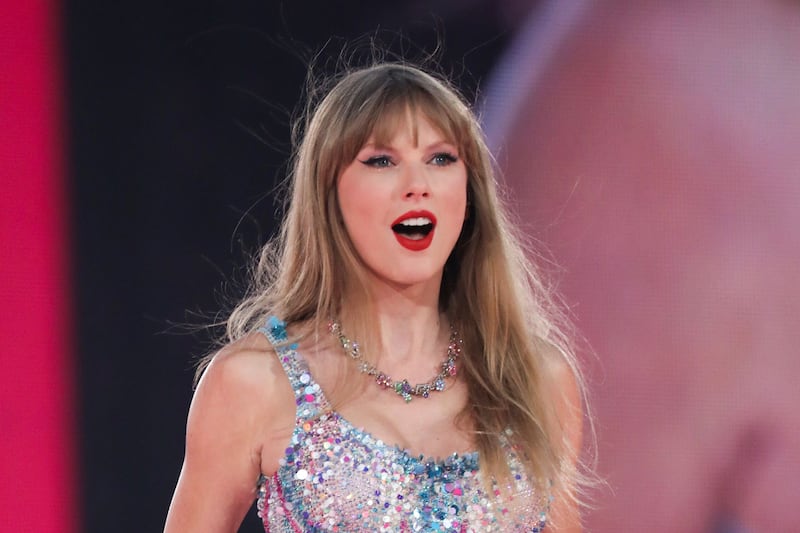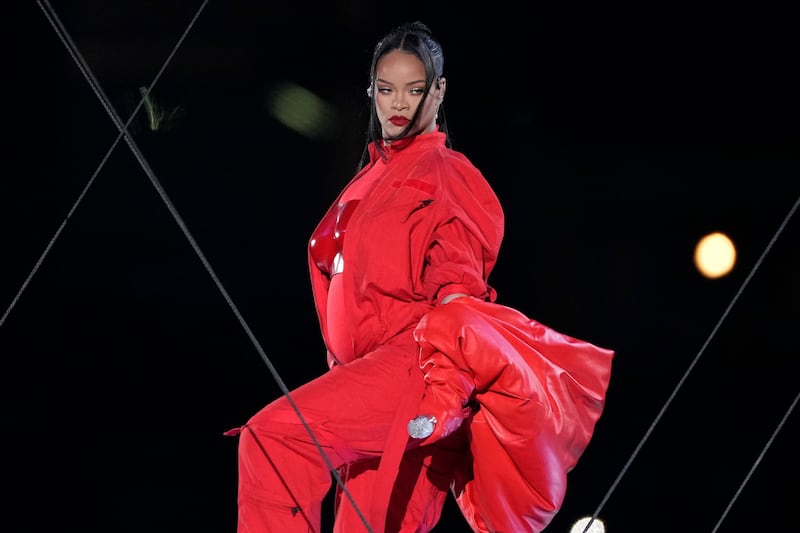It's the hope that kills you...
Except it's not. It's the highly contagious virus and its mutating variants, the incompetent, self-serving and self-enriching politicians, the awful pressures on the under-funded and over-worked health services, all the people who couldn't and can't curtail their own self-indulgence for a few months. Etc. But I digress.
In truth, it's the hope, any hope, that sustains us all. Especially when it comes to sport.
Somewhat weirdly, one of the richest, most professional sports in the world is a beacon of hope – American Football.
Sure, the reigning champions, the Kansas City Chiefs, are back in the decider, the Super Bowl this Sunday, but they're up against the Tampa Bay Buccaneers, who are in the their first final for 18 years – and only their second ever.
Even the Chiefs are evidence that hope springs eternal. They lost the first Super Bowl, in 1967, then won the fourth, but never got back into the biggest game until last year, ending a half-century wait for another ultimate victory.
Indeed, despite a certain perception that the New England Patriots were an overwhelmingly dominant force in the game, over the past decade they were among seven different Super Bowl winners, including first time triumphs for the Seattle Seahawks and the Philadelphia Eagles (the latter defeating the Patriots).
Go back another year, to 2010, and the Super Bowl was even won by the butt of a long-running joke in the cartoon 'South Park', the New Orleans Saints.
That unpredictability is a beautiful aspect about American Football.
Almost anyone can win, in reality, not just in theory.
You don't have to be one of those studiedly 'real' football fans who support certain unsuccessful soccer sides, almost arguing that their lack of trophies somehow makes them 'better' fans than those who follow teams which occasionally collect silverware.
No, you can pin your favours to the worst team in the NFL and still run the risk of being labelled a 'glory-hunter' - just one who's rather more patient than most other people.
When American Football fever first really reached these shores with Channel 4's coverage in the Eighties I chose to back the New York Giants, for the hilarious reason that I was rather tiny.
Very soon they won the Super Bowl. For their first time ever.
The teams which had made their names in the early days of Super Bowls – the Packers, Cowboys, Dolphins, Steelers – were being outdone by others too, such as the 49ers, Redskins, and Bears.
My interest soon faded, apart from a few years of a Patriot-supporting friend hosting Super Bowl evenings/ early mornings over the past decade, the craic and company made even more enjoyable by a couple of surprise wins by the Giants over the Patriots, including denying them a perfect season. The other games were generally entertaining and enthralling too.
Indeed the sport's competitiveness continued almost relentlessly over the years, with wins for the Rams, the Ravens, the Buccs, and the return to the top of the Packers, the Colts, and the Steelers.
The Patriots finally discarded talismanic quarterback Tom Brady, the man who led them to all six of their Super Bowl victories – and he's promptly taken the Buccaneers to his 10th appearance in the season decider.
As outstanding as Brady is, he's not the only reason why the likes of the Buccs can seriously challenge for their game's ultimate prize.
Unfortunately the draft system which contributes to the overall competitiveness of American Football isn't replicated in most other professional sports. Rather than top young talent being spread around, with the weakest getting first dibs, the strongest having to wait their turn to pick, money mostly talks in the likes of soccer and rugby.
The GAA does at least have its own draft system of sorts, in that the players born in a certain county are supposed to represent that county, and that county only. Sure, there are occasional transfers, changes of allegiance due to moves or marriages, but the best players are spread around the country.
However, demographics and economics have meant that more and more of the population is concentrated in one county, Dublin, which has also been boosted by skewed funding for coaching from the authorities
So, unlike American Football, Gaelic Football will continue to be dominated by one outfit.
Fortunately the GAA is still sustained by pride of place, no matter how small, no matter how 'unsuccessful', so there remains real hope below the very top level.
Amid all the awfulness of last year there were still sparks of light, faint hopes finally fulfilled, by clubs such as Crosserlough, Dungannon, and Ederney, by the counties of Cavan and Tipperary. All ended lengthy waits, 64 years for Dungannon and 85 for Tipp.
Sports fans are often accused of over-investing emotionally; thankfully for a lot of clubs and counties, many also over-invest financially, at least in terms of any expected return in the form of trophies. Such selfless backing will be needed more than ever as Covid and Brexit adversely affect income levels and income streams for most clubs and counties, across various codes.
At present, apart from a few elite exceptions, we're waiting for local games, local sport to get the go-ahead again.
There's a sense that, as with last year, we'll be grateful for any matches at all, at least in the first half of 2021, rather than taking sport for granted as we used to do.
While we wait, impatiently, longingly, this weekend's Super Bowl is a reminder of what sport can bring.
American Football has its flaws, of course, but behind all the razzmatazz and commercialism it offers that priceless, precious commodity – hope.









